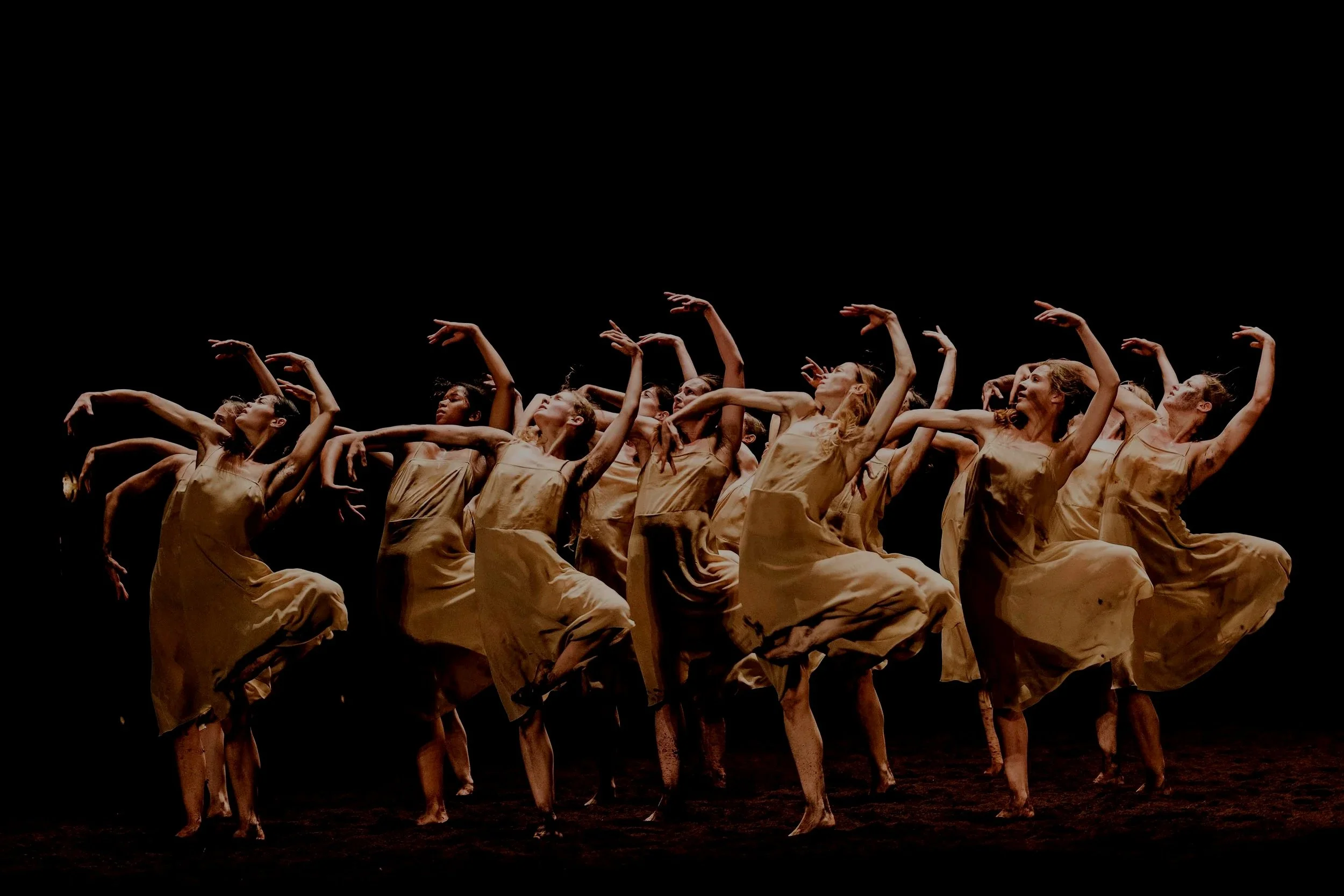
Art or Anarchy?: Parisian Cultural Affairs Council, 1913
On May 29, 1913, the Théâtre des Champs-Élysées in Paris premiered Le Sacre du Printemps (The Rite of Spring), a ballet composed by Igor Stravinsky and choreographed by Vaslav Nijinsky for Sergei Diaghilev’s Ballets Russes. The performance provoked a notorious audience reaction—widely described as a “riot”—with shouting, physical altercations, and police intervention, all of which drew heavy media attention.
The ballet’s depiction of a pagan ritual and human sacrifice stirred controversy over primitivism and morality in modern art. In the wake of the premiere, public debate erupted: some hailed the performance as a bold step forward, while others condemned it as dangerous and subversive.
This incident unfolded against the backdrop of a rapidly changing Paris. The early 1910s were marked by social upheaval, artistic experimentation, and growing tensions over class, values, and national identity. Paris, a hub of art and culture, welcomed many foreign artists, an openness that fueled both artistic innovation and isolationist anxiety.
Now, the Parisian government has convened a special session of the Council for Cultural Affairs to consider how the city should respond—whether to regulate controversial performances, support artistic freedom, or reassess the role of foreign influence in French culture. Delegates will debate questions about artistic freedom, what the government can and cannot regulate, and how diversity can enrich artistic innovation.
Staff
Dide Karaboğa - Chair
Adeline Meyers - Crisis Director
